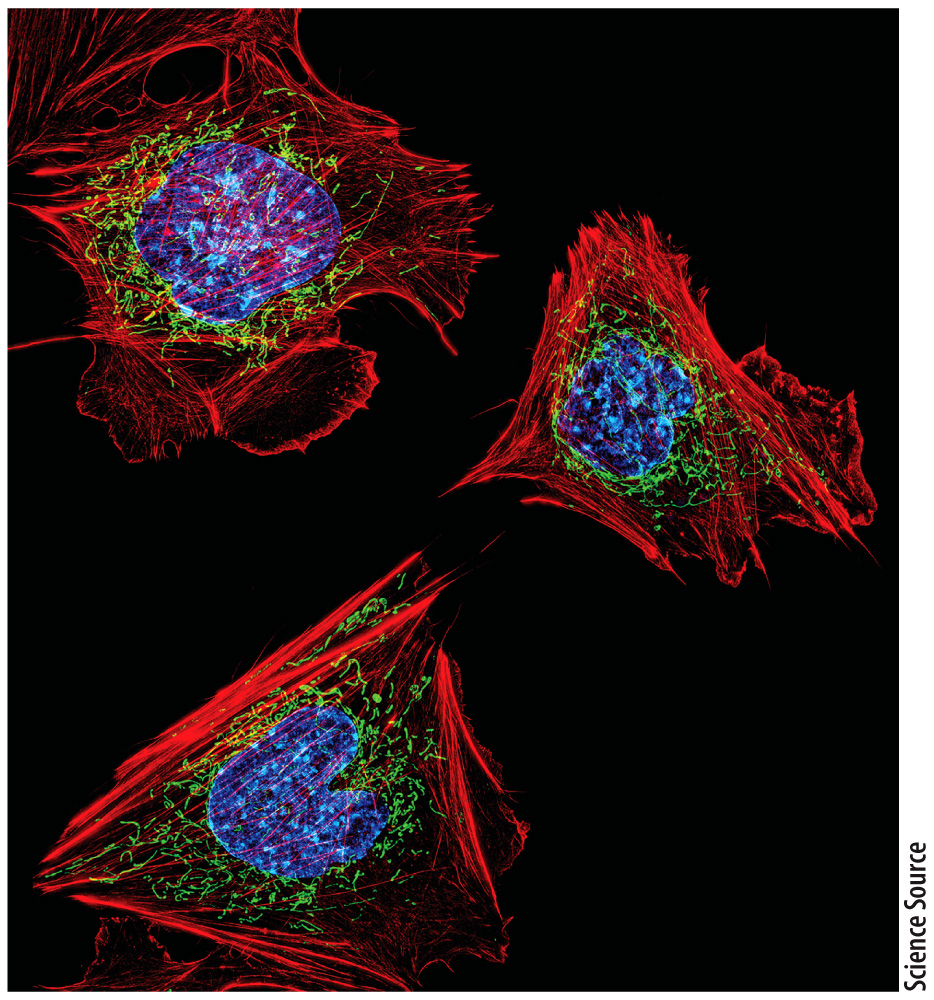Chapter 10 Introduction
197
CHAPTER 10
Cell and Tissue Architecture
Cytoskeleton, Cell Junctions, and Extracellular Matrix

Core Concepts
- Tissues and organs are communities of cells that perform specific functions.
- The cytoskeleton is composed of microtubules, microfilaments, and intermediate filaments that help maintain cell shape.
- Cell junctions connect cells to one another to form tissues.
- The extracellular matrix provides structural support and informational cues.
198
A recurring theme in this book, and in all of biology, is that form and function are inseparably linked. This is true at every level of structural organization, from molecules to organelles to cells and to organisms themselves. We saw in Chapter 4 that the function of proteins depends on their shape. In Chapters 7 and 8, we saw that the function of organelles like mitochondria and chloroplasts depends in part on the large internal surface areas of the inner membrane of mitochondria and the thylakoid membrane of chloroplasts.
The functions of different cell types are also reflected in their shape and internal structural features (Fig. 10.1). Consider a red blood cell. It is shaped like a disk that is slightly indented in the middle, and it lacks a nucleus and other organelles (Fig. 10.1a). This unusual shape and internal organization allow it to deform readily, so it can pass through blood vessels with diameters smaller than that of the red blood cell itself. Spherical cells in the liver (Fig. 10.1b) that synthesize proteins and glycogen look and function very differently from long, slender muscle cells (Fig. 10.1c) that contract to exert force. A neuron (Fig. 10.1d), with its long and extensively branched extensions that communicate with other cells, is structurally and functionally quite distinct from a cell lining the intestine (Fig. 10.1e) that absorbs nutrients.

In multicellular organisms, cells often exist in communities, forming tissues and organs. Again, form and function are intimately linked. Think of the branching structure and large surface area of the mammalian lung, which is well adapted for gas exchange, or the muscular heart, adapted for pumping blood through large circulatory systems.
In this chapter, we look at what determines cell shape. We also examine the different ways cells connect to one another to build tissues and organs in multicellular organisms. Finally, we discuss the physical environment outside cells that is synthesized by cells and influences their behavior.